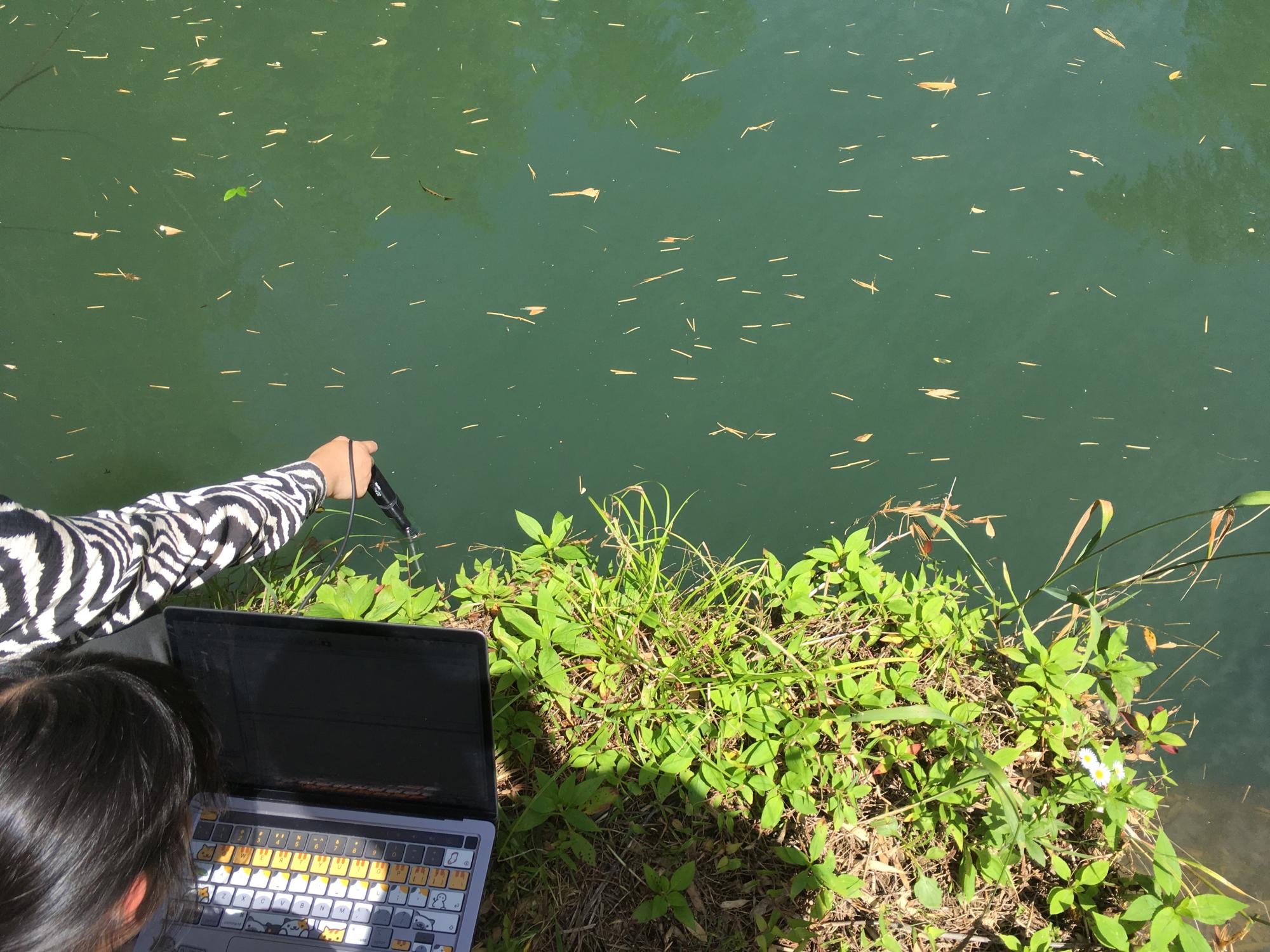
Environmental Systems & Societies Studies (ESS) in China
Boost your ESS programs to the next level
ESS field work is highly diverse, often requiring every student to carry out their own individual & unique data collection. We have some great locations that can help facilitate these complex study programs. Coming to Yangshuo for example gives students the opportunity to focus on a wide range of human impacts. From foot path erosion, to water contamination, from air & noise pollution to tourism impacts, farming impacts, soil quality, fish farming and many others.

River investigation
Kick sampling data collection for an ESS field study project in Yangshuo, the students collected data at 4 sites on the same river looking for a range of indicator species. Each site on the river had a different level and type of human impact, with the first site being up stream of most human impacts, the second site being on farmland, the third site being below a village and the fourth site below a zinc mine. This gave our ESS students a great deal of data to work with when they return to the classroom.

PH water testing
An ESS student is testing the PH level in the water at a fish pond in Moganshan, Houwu. She will compare the PH from many different fish ponds and rivers, streams and other bodies of water in the area.
Besides PH students can run many other tests: dissolved oxygen, MPK, lead, zinc, nitrogen, and others; students can also collect labeled samples to bring back to the lab at school for further analyses.

Soil compaction testing
This ESS student is testing drainage speed and soil compaction on and around a footpath in Yangshuo. She is hammering in a tube to fill with water and then measure how long it takes to drain away.

Snail population sampling
The students here are collecting water snails in a set area and marking them and releasing them back to the same area. They are working in the evening time when the snails are most active, after that, they will count the number of snails in each area and then release them back into the river. The following day the students will return and hunt for snails again in the same area, they will count the number of snails they collect and the number that have their marking on and record their findings. This can be used to estimate the total snail population in the river.

Species identification
An ESS student using a species identification card to identify indicator species on a river in Xingping, Guangxi province. This data will then be used to draw conclusions about water quality on the river at different sites above and below different levels of human activity like: fruit farms, construction projects, mining & human habitation.

Sustainability
No topic has become more important in recent years than sustainability and renewable energy. We have developed workshops to help students gain hands-on experience with the definitive problems of the modern world, such as plastic recycling. This workshop highlights the issues with both local and large-scale plastic recycling. We also look at and talk about past, modern, and future technologies for developing a more sustainable world, all based around the ESS curriculum.